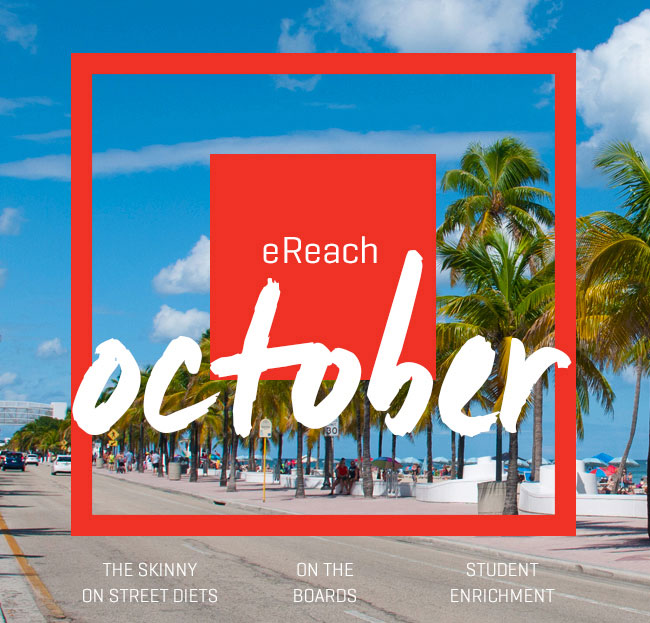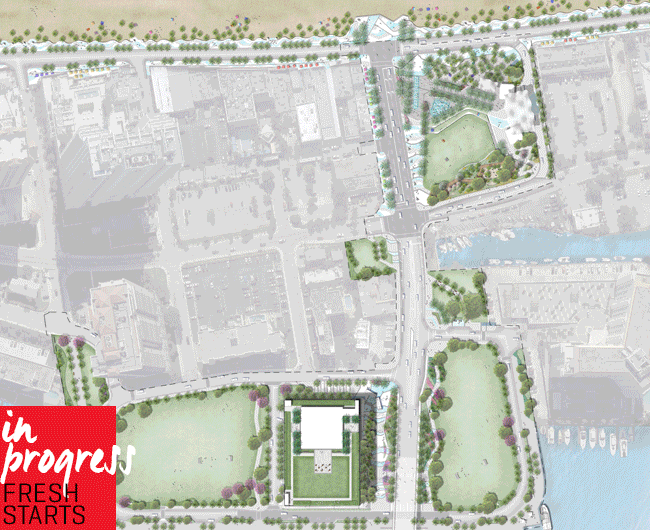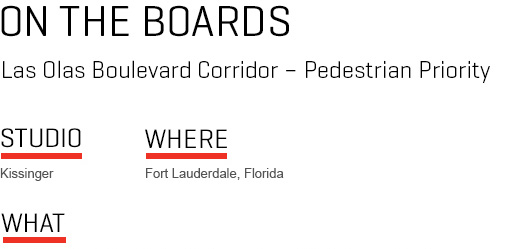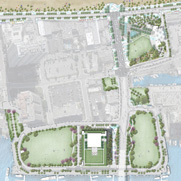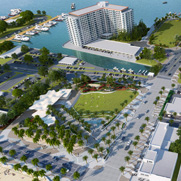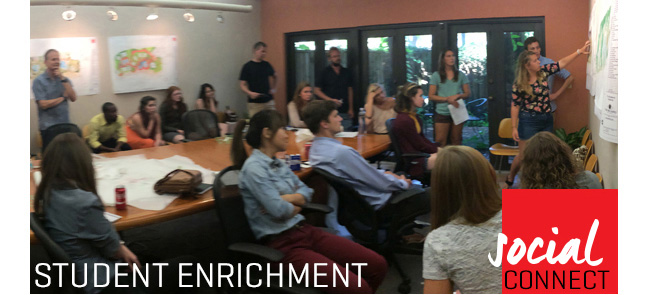The modern day history of roadway design is a testament to answering society's need for creative ways of linking people, resources and communities. Whether country lanes, neighborhood streets, urban boulevards or prototypical freeways, roads are part of an innovation legacy for continuous improvement in advancing physical and social connectivity.
However, too much of a good thing is not always good. Planners and Urban Designers have begun to reverse the trend of overbuilt and underutilized streets and highways that, in hindsight, are detrimental to the urban fabric. Over recent years, the concept of complete streets has emerged as a response to the all too common practice of expanding two-lane, local streets into four-lane arterials once traffic loads hit a certain point-roughly 6,000 cars a day. The original thinking held that wider roads meant better traffic flows, but this came at a cost to all other users of the road corridor. In retrospect, the recent, rational answer has been the shrinking and even removal of vehicular lanes to allow for the recapture of space for bike lanes, widened sidewalks, on-street parking, crossing islands and traffic calming devices. In support, research shows that redesigning streets in this manner does not impact travel times; rather, pedestrian traffic tends to soar as moving traffic is buffered and vehicular speed is decreased. Meanwhile traffic flow typically stays even in such corridors as drivers divert to other parts of the overall roadway network.
Constraints of space in which to construct new roads are also causing a progression in development of alternative transportation choices. It's about changing the culture of how we use streets. Complete streets are designed and operated to enable safe access and mobility for all users, including pedestrians, bicyclists, motorists and transit riders of all ages and abilities. By incorporating a holistic approach to roadway design, we can enrich social engagement, improve public health, strengthen local economies and better support both recreational and ecological needs. Reintroducing pedestrian traffic, alternative modes of transportation and landscape elements is a smart and viable means of creating better, more livable communities.
As Planners and Landscape Architects, we employ multiple design strategies for improving street functionality. Each project must carefully respond to its community context while preserving character-defining elements and conserving resources. Establishing a cohesive design palette that extends through all visual elements such as street trees, curb extensions, mass transit pullouts, well-defined crosswalks, appropriate lighting and pedestrian signals, provides for improved circulation and allows the user to fully experience a space in the best possible way.
Evidence is mounting, that if designed intelligently, complete street corridors enhance regional economics, promote better health and can improve environmental awareness. As such, long-range planning must be influenced by an evolving land-use and development ethic that places pedestrian prioritization as the main focus of street design for healthy communities.
For more information contact us directly at info@edsaplan.com.
